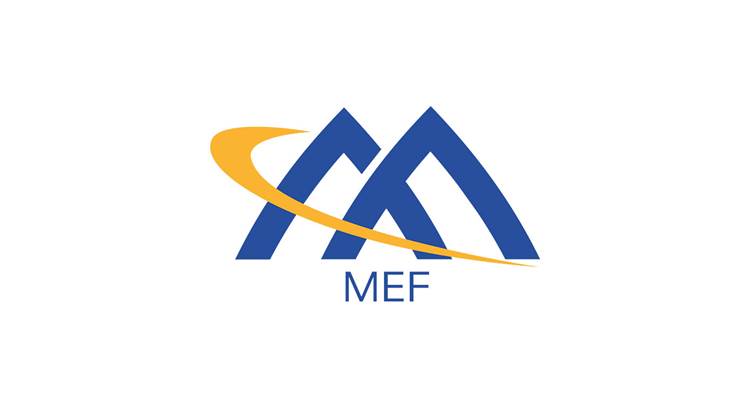Hong Kong operator HGC, DCConnect Global, and QLC Chain announced that they have successfully collaborated in a MEF PoC that leverages MEF Lifecycle Service Orchestration (LSO) APIs with Distributed Ledger Technology (DLT) to create Smart Bilaterals for end-to-end ordering, billing and settlement of data services.
As part of the MEF's new Commercial and Operational framework (W114), this PoC is a key foundational step to demonstrate how we can overcome cross-partner business process integration challenges across the telco service value chain that cost the telecom industry hundreds of millions of dollars annually.
Telecom service providers invest significant amounts on systems and resources for external-facing commercial transactions with their telecom partners. When service providers partner establish a new commercial relationship/bilateral, they usually require customised interfaces to integrate their systems and processes. And this effort needs to be repeated for every bilateral entered.
Even with a smooth integration, these systems of record typically do not have a "Golden Source" for the shared commercial state of the orders and there are considerable inefficiencies throughout the Order-to-Cash value chain. As a result, much time and money is spent on reconciliations, disputed prices or bills, lost orders, and sometimes even legal actions. Worse still is the damage to the commercial relationship.
The MEF 3.0 PoC (130) was raised to demonstrate a viable solution to address "implement once, use many' process integration for data services. The core of the PoC and the associated in-development-standard MEF W114 are "Smart Bilaterals". Smart Bilaterals are DLT-based Smart Contract systems that enable an immutable, self-executing commercial state between two or more service providers by establishing a shared commercial state that ensures the correctness of all generated commercial documents; commercial documents are only generated when they conform to the Golden Source.
Daniel Bar-Lev, VP Strategic Programs, MEF
Cost reductions through automation and synchronisation virtually eliminate costly billing errors and process cycle times. Likewise, it opens up new revenue streams to service providers by cost-effectively supporting high volumes of transactions for short-lived services, which are increasingly important in the era of Bandwidth-on-Demand, IoT, NFV/5G, and network slicing.
Jacqueline Teo, HGC's Chief Digital Officer
LSO-APIs have enabled a large degree of standardisation and automation in our Lead-to-Order processes. Developing and integrating the DLT-base Smart Bilaterals to our LSO-APIs service chain will enable us to complete the Lead-to-Cash process within seconds.






















